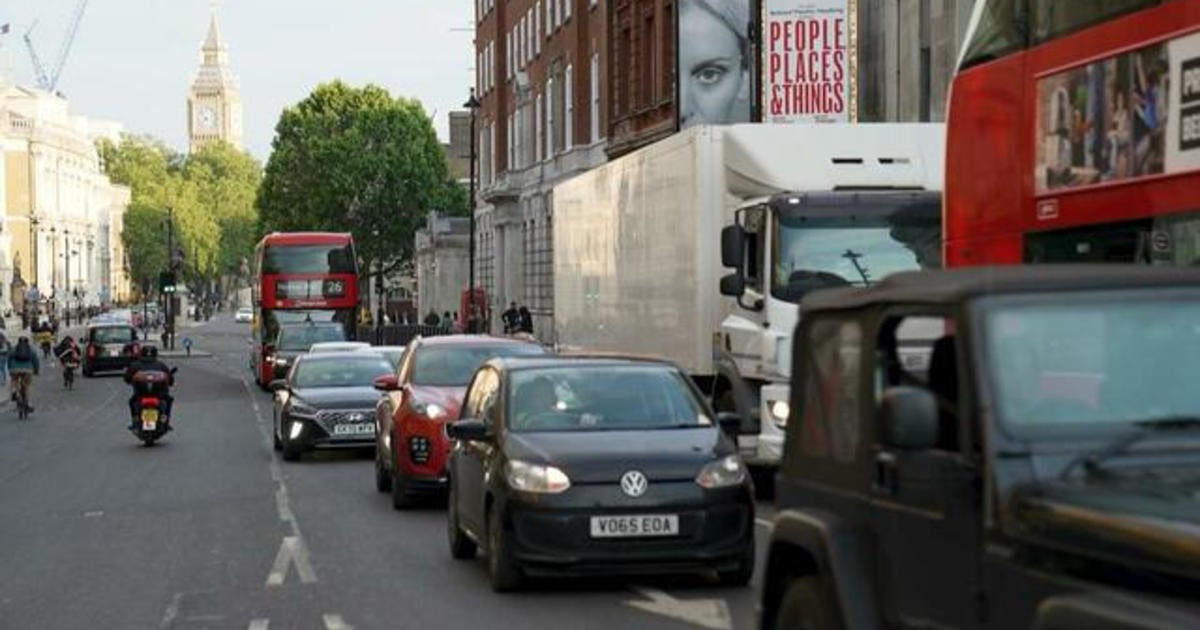New York’s Congestion Pricing: A Month of Impact and Insights
As New York City rolls out its long-anticipated congestion pricing plan, the first month has provided a wealth of data and insights into how this groundbreaking initiative is reshaping the urban landscape. Designed to alleviate traffic congestion, enhance public transit, and reduce environmental footprints, New York’s congestion pricing has sparked discussions among commuters, city planners, and environmentalists alike. What changes have emerged in this initial month, and what does it mean for the future of urban mobility?
Understanding Congestion Pricing
Congestion pricing is a strategy that charges vehicles a fee to enter high-traffic areas during peak hours. In New York City, this initiative focuses primarily on the Manhattan Central Business District (CBD). The overarching goals are to:
- Reduce vehicular traffic.
- Encourage the use of public transportation.
- Generate revenue for transit improvements.
- Decrease air pollution and greenhouse gas emissions.
By implementing this plan, the city aims to tackle the chronic congestion that plagues its streets, especially in the densely populated areas of Manhattan. The pricing structure varies based on time of day, with higher fees during peak hours, thus incentivizing commuters to travel during off-peak times.
Traffic Patterns: A Shift in Behavior
In the first month since the implementation, New York’s congestion pricing has already begun to influence traffic patterns significantly. Initial reports indicate a notable decrease in the number of vehicles entering Manhattan during peak hours. According to the Department of Transportation, traffic volume has dropped by approximately 15-20%, particularly during morning rush hours.
Some key observations include:
- Fewer Cars on the Road: With the introduction of fees, many drivers are opting to carpool or use alternative modes of transportation, such as biking or walking.
- Increased Use of Public Transit: Data shows a 10% increase in subway ridership, as commuters seek more cost-effective options to navigate the city.
- Reduced Traffic Congestion: New York’s streets are noticeably less congested, leading to shorter travel times for those who still choose to drive.
Public Transit: An Opportunity for Growth
New York City’s public transit system has faced significant challenges over the years, from aging infrastructure to declining ridership. However, the congestion pricing initiative presents an opportunity to reinvest in and revitalize the system. The revenue generated from the congestion charges is expected to be substantial, with estimates suggesting an influx of up to $1 billion annually.
These funds are earmarked for critical improvements, such as:
- Upgrading Aging Infrastructure: Investments in modernizing subway stations and improving the overall reliability of the transit system.
- Expanding Services: Plans to enhance bus services and expand subway lines to underserved areas, thereby making public transport more accessible.
- Implementing Technology Solutions: Deploying smart technology to streamline operations and improve the passenger experience.
As public transit becomes a more attractive option for commuters, it may also play a crucial role in reducing overall vehicle emissions, contributing to a healthier urban environment.
Environmental Impact: A Breath of Fresh Air
The environmental implications of New York’s congestion pricing are profound. With fewer vehicles on the road, emissions of harmful pollutants are expected to decline significantly. Studies have shown that transportation is a major contributor to air quality issues in urban areas, and reducing the number of cars can lead to cleaner air and improved public health.
In the initial month, air quality measurements in the city have shown promising trends:
- Decrease in Nitrogen Dioxide Levels: Data indicates a reduction of approximately 20% in nitrogen dioxide (NO2) levels, a harmful pollutant primarily emitted by vehicles.
- Lower Greenhouse Gas Emissions: Preliminary estimates suggest a potential decrease in greenhouse gas emissions by around 10%, aligning with New York’s climate action goals.
These environmental benefits not only contribute to a healthier city but also align with broader sustainability initiatives aimed at combating climate change.
Challenges and Criticisms
While the early results of New York’s congestion pricing are encouraging, the initiative has not been without its challenges and criticisms. Some common concerns include:
- Equity Issues: Critics argue that congestion pricing disproportionately affects lower-income residents who may rely on cars for transportation. There are proposals for exemptions or discounts for these individuals.
- Public Acceptance: Change can be met with resistance, and some drivers feel resentful about additional fees, leading to calls for better communication and education about the benefits of the program.
- Implementation Challenges: Technical difficulties related to the tolling system and enforcement may arise, requiring ongoing adjustments and improvements.
Addressing these challenges will be crucial for the long-term success of the congestion pricing initiative and its acceptance among New Yorkers. City officials have committed to ongoing assessments and adjustments based on public feedback.
Looking Ahead: The Future of Urban Mobility
The first month of New York’s congestion pricing has laid a solid foundation for what could become a transformative approach to urban mobility. As traffic patterns shift, public transit becomes more viable, and environmental quality improves, the city stands at a crossroads, with the potential to redefine urban living for its residents.
In the coming months and years, the focus will be on:
- Monitoring and Evaluation: Continuous assessment of traffic patterns, public transit usage, and environmental impacts to inform future adjustments.
- Community Engagement: Engaging with residents to address concerns and highlight the tangible benefits of the program.
- Innovative Solutions: Exploring additional measures to complement congestion pricing, such as expanded bike lanes and pedestrian-friendly initiatives.
New York’s congestion pricing is more than just a toll; it’s a bold step toward a more sustainable and livable city. As the program evolves, it serves as a model for other urban areas grappling with similar challenges, proving that innovative solutions can pave the way for a brighter future.
See more BBC Express News

